How Long Will Internal Combustion Engines Stick Around?

The humble internal-combustion engine has been around in one form or another for more than a 100 years, dominating vehicle propulsion for all of the 20th century. Today, it still has a commanding lead over rival systems.
Sure, newly developed technologies are starting to give the Otto cycle a run for its money, but nothing else can provide the driving range, ease of use and reliability afforded by these engines. Part of the reason petroleum-burning powerplants have had such staying power is that they’re so adaptable, an advantage that will continue to keep them viable well into the 21st century.
Staying Power
“We are fully convinced that for quite some time being, the combustion engine will be a primary source of torque and drive,” said Wolfgang Breuer, executive vice president BU engine systems at supplier company Continental. We sat down with him recently to learn about where this tier-one giant sees propulsion technology moving in the coming years.
“Yes, we see electrification, we’re heavily working on it in all different flavors, so to speak, and yes, we also believe that eventually full electric and battery electric vehicles will be the majority,” said Breuer, “But we don’t believe that will happen before 2025.” He explained that this is because the technology just isn’t ready for primetime. EVs may be cleaner and more efficient than their petroleum-fueled rivals, but they still have too many tradeoffs.
Take the Nissan Leaf for instance. This pure-electric car is an impressive piece of technology, operating in near silence for a few pennies per charge. Bit still, its EPA-estimated driving range is only 107 miles, which just isn’t enough for a lot of motorists.
Teaching an Old Dog New Tricks
Another reason for the continued dominance of gasoline and diesel engines is that they’re not standing still. Automakers and supplier companies keep pushing to make these powerplants cleaner, smoother and more efficient.
“And now, the next thing we see coming [is] variable compression,” said Breuer, something that could be achieved by modifying the Atkinson cycle, which delays the closing of an engine’s intake valves to enhance thermal efficiency. Breuer said he hears that variable-compression technology could improve fuel efficiency by 2 to 3 percent, which is huge.
The move to 48-volt electrical systems will provide additional efficiency benefits in the coming years. Think of this technology as a low-cost bridge between hybrids and conventional cars. The implementation of these more powerful electrical systems allows numerous benefits. Accessories like air conditioning compressors, and oil and water pumps could be run on electricity instead of gas. Additionally, these systems can enable a car to sail along at cruising speed with the engine switched off, further cutting consumption.
SEE ALSO: 48-Volt Electrical Systems are Coming Soon
Transitioning to 48 volts also enables something called e-charging, an innovation Continental has developed. This technology blows a stream of air against a turbocharger’s turbine wheel, which gets it spinning very quickly at low engine speeds, dramatically reducing lag. E-charging is set to debut on the brand-new Audi SQ7, which features an advanced diesel engine and 48-volt electronics.
According to Kregg Wiggins, senior vice president of Continental’s North American powertrain division, 48-volt systems can improve real-world fuel efficiency by as much as 20 percent, all at much lower cost compared to a hybrid.
Of course, there’s still a lot you can do with a basic internal combustion engine. Breuer said downsizing and boosting are major trends, but that’s not all. “I mean, there is lots of work going into friction reduction … [cutting] pumping losses,” he said. “Thermal management overall is a big topic, which is under investigation.”
Waste-heat recovery systems are something used by fancy racecars and certain commercial vehicles, but Breuer isn’t optimistic about mainstream use. In passenger vehicles, he said, “It’s something which is currently probably not feasible.” This is due to cost and packaging issues.
In addition to all of this, compression ignition for gasoline engines is something researchers have been developing for many years. In theory, it has the potential to dramatically reduce fuel consumption, though perhaps not in practice. Breuer said, “The area where you can really get the benefit in the engine map is very small. So, how much time in a normal, real-driving environment do you spend in this band?” The answer to his question is probably not much.
Beyond this, lean-burn combustion has a host of other challenges. If you’re outside the narrow compression-ignition window, it means you lose all the benefits, “Plus you generate even more NOx and then you talk about after-treatment,” said Breuer. The addition of emissions-control systems increases cost and eats into both power and efficiency.
In the coming years, Breuer said, “We believe that the trend on gasoline turbo will continue, strongly. I mean, that was a driver for us in 2006 to decide to enter into the turbo business,” which they did in 2011 when Ford’s 1.0-liter, three-cylinder EcoBoost engine launched. Over the next five or six years, he said, “We see a double-digit percentage rate, above 15 percent compounded annual growth rate on the turbo market for gasoline [engines].”
This means the development of conventional, naturally aspirated powerplants has slowed down dramatically.
Is Diesel Dead?
Of course, increasing the availability of oil-burning engines is one way of increasing fuel efficiency, but Volkswagen’s ongoing diesel scandal is still causing issues. “Nobody of us ever expected something like this to happen,” said Breuer.
The damage this has done to the diesel engine’s reputation is uncertain at this point, but Breuer is not optimistic. “I don’t have high hopes on diesel in the U.S. anymore,” he said. “It’s never been a big thing in terms of market share, but I think this Volkswagen scandal didn’t help the diesel case.”
He said that diesels have never really eclipsed 2.5 percent market share in the U.S. But in spite of this, he still thinks they will stick around in trucks and commercial vehicles.
SEE ALSO: After the VW Dust Settles, are Diesels Dead? Here’s What BMW Thinks
As for the debacle at VW, Breuer isn’t sure how they’ll address the emissions issue. Adding selective catalyst reduction technology to affected cars is one way of correcting the fault. “Technically, you could do it, but you will never be able to retrofit these kind of systems into a car that was never intended to carry those systems,” he said. They need extra wiring harnesses, a urea storage tank, larger after treatment systems and more
The Future
Internal combustion is here to stay, but electric vehicles will likely continue to slowly gain ground. On a global basis, Breuer said, “We see a range of one-point-something, maybe close to 2 percent of battery-electric vehicles in 2025.” That’s a tiny amount, but probably a step in the right direction.
“I think there is consensus that you can do better things with oil than burning it,” said Breuer. “At the end of the day, it’s about using our resources as efficiently as possible.”
Check out our Tips and Advice Section!

Born and raised in metro Detroit, Craig was steeped in mechanics from childhood. He feels as much at home with a wrench or welding gun in his hand as he does behind the wheel or in front of a camera. Putting his Bachelor's Degree in Journalism to good use, he's always pumping out videos, reviews, and features for AutoGuide.com. When the workday is over, he can be found out driving his fully restored 1936 Ford V8 sedan. Craig has covered the automotive industry full time for more than 10 years and is a member of the Automotive Press Association (APA) and Midwest Automotive Media Association (MAMA).
More by Craig Cole



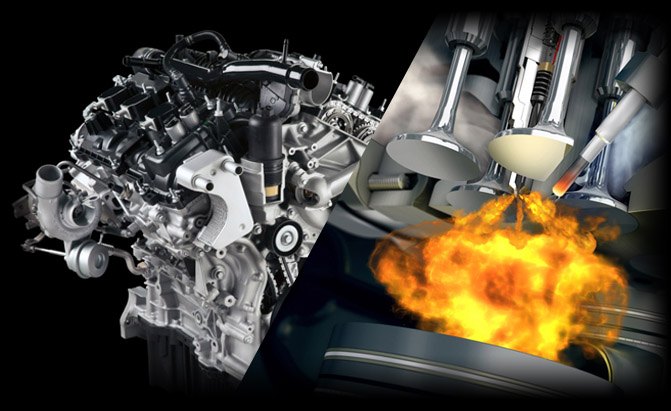




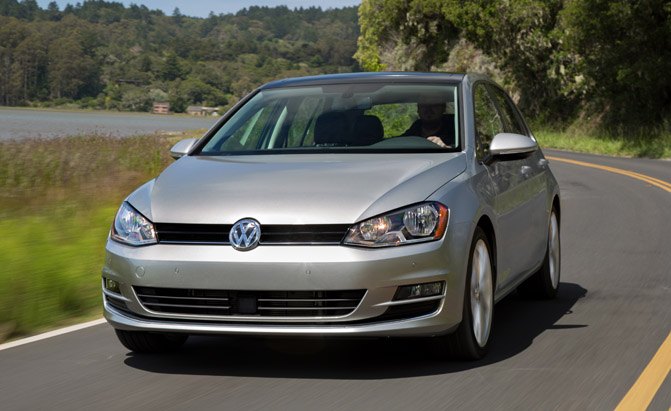













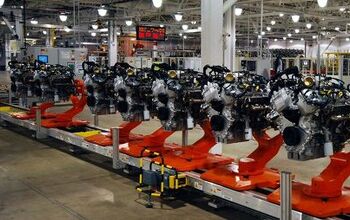
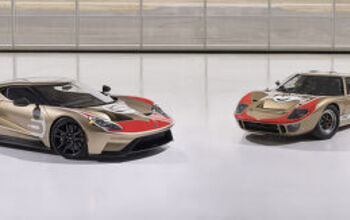



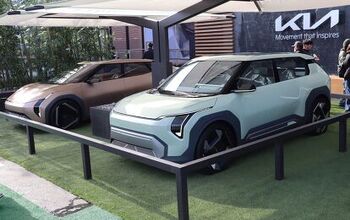
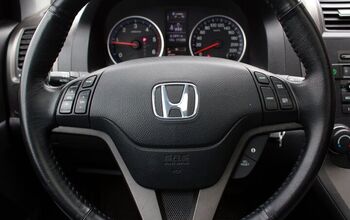
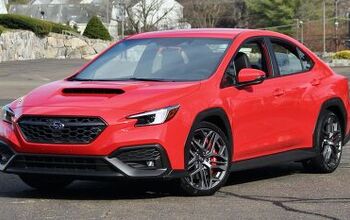
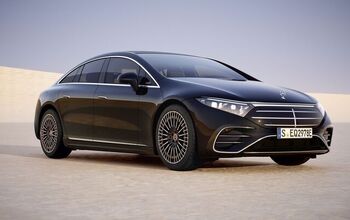

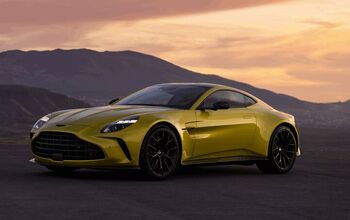




Comments
Join the conversation
that's a point; we could just as easily see an Atkinson Cycle supercar in the future running 30 psi turbos or what have you...